Anitkabir is the mausoleum of Mustafa Kemal Atatürk, the leader of the Turkish War of Independence and the founder and the first President of the Republic of Turkey. It is located in Ankara and was designed by architects Professor Emin Onat and Assistant Professor Ahmet Orhan Arda, whose proposal beat 48 other entries from several countries in a competition held by the Turkish Government in 1941 for a monument for Atatürk.
Anitkabir is also the final resting place of İsmet İnönü, the second President of Turkey, who was interred there after he died in 1973. His tomb faces the Atatürk Mausoleum, on the opposite side of the Ceremonial Ground.
Anitkabir was depicted on various Turkish banknotes during 1966–1987 and 1997–2009 and was included in the Turkish Chamber of Civil Engineers list of the fifty civil engineering feats in Turkey, a list of remarkable engineering projects realized in the first 50 years of the chamber.
Construction
The site chosen for Anitkabir was known as Rasattepe (Observation Hill), which, at the time of the architectural competition for Anıtkabir, was a central location in Ankara and could be seen by all parts of the city. Archeological excavations unearthed artifacts belonging to the Phrygian civilization, which were carefully excavated and put on display in Anitkabir Museum of Anatolian Civilizations, also in Ankara.
The construction of Anitkabir, which took nine years and spanned four stages, commenced on 9 October 1944 with the ceremony of laying the foundation stone.
The first stage of the construction, comprising the preparatory excavation and the construction of the retaining wall of the Lions Road, started on 9 October 1944 and was completed in 1945. The second stage of the construction, comprising the mausoleum and the auxiliary buildings surrounding the ceremonial ground, started on 29 September 1945, and was completed on 8 August 1950. At this stage, due to problems related to the mausoleum’s masonry and concrete structure foundations, some revisions had to be made. At the end of 1947, the excavation and insulation of the mausoleum foundation was completed and steel reinforcements for the new 11 m. (36.1 ft) high concrete foundation, capable of resisting any kind of settlement of the ground, had come to near completion. The Entrance towers, most parts of the road network, the orchard installations, the plantation works and main parts of the irrigation system were also completed at this stage.
The third stage of the construction was the building of the roads leading to the mausoleum, The Lions Road, and the ceremonial ground; the mausoleum’s upper-level stone pavement, the grand stairs, placement of the grand tombstone, and the installation of electricity, plumbing and heating systems.
The fourth and last stage of construction was the laying of the Hall of Honour pavement, vaults under the side linings, and Hall of Honour perimeter stone profiles and fringe decorations, which was completed on 1 September 1953.
Layout
There are four main parts to Anıtkabir: the Road of Lions, the Ceremonial Plaza, the Hall of Honor (location of Atatürk’s tomb) and the Peace Park that surrounds the monument.
Road of Lions
The approach to the monument is a 262 m (860 ft)-long pedestrian walkway that is lined on both sides by twelve pairs of lions carved in a style like the Hittite archaeological finds. The lions represent 24 Oghuz Turkic Tribes and are shown seated to simultaneously represent both power and peace. A five centimeter gap separates the paving stones on the Road of Lions to ensure that visitors take their time and observe respectful behavior on their way to Atatürk’s tomb.
Ceremonial Plaza
The Ceremonial Plaza is situated at the end of the Lions Road. The area is 129 m (423 ft) long and 84 m (276 ft) wide and was designed to accommodate 15,000 people. The floor is decorated with 373 rug and kilim (Turkish carpet) patterns, and is made of travertine in various colors.
Hall of Honor
The Hall of Honor is the iconic symbol of Anıtkabir and the location of Atatürk’s tomb. The structure is 41.65 m × 57.35 m (137 ft × 188 ft) in plan and rises to a height of 17 m (56 ft), with the columns themselves measuring 14.4 m (47 ft).
Atatürk’s tomb is situated right under the symbolic 40-ton sarcophagus in the ground floor of The Hall of Honor, and Atatürk’s body is buried below this in a special Tomb Room in the basement level. The room has an octagonal plan in Seljuk and Ottoman architectural styles, and its pyramidal ceiling is inlaid with gold mosaics.
Peace Park
The park that surrounds the monument is called a Peace Park in honor of Atatürk’s famous expression “Peace at home, peace in the world.” It contains around 50,000 decorative trees, flowers and shrubs in 104 varieties, donated from around 25 countries.
Towers, statues, museum
Within the Anıtkabir site there are ten towers situated in a symmetrical arrangement. These symbolize the ideals that influenced the Turkish nation and the creation of the Republic of Turkey. The towers are similar in terms of planning and structure: they are rectangular, close to a square, with pyramidal roofs. Bronze arrowheads are placed on the top of the roofs, like in traditional Turkish nomad tents. Inside the towers, geometric ornamentation inspired by traditional Turkish carpet (kilim) patterns and motifs, can be found on the towers’ ceilings in fresco technique. There are also inscriptions of quotes by Atatürk that correspond to the theme of that tower.
Independence Tower
The relief inside the Independence Tower shows a young man standing straight and holding a sword with both hands while an eagle is perching on a rock beside him. The eagle represents power and independence in mythology and in Seljuk art, and the young man with the sword represents the Turkish nation defending its independence.
Female statue group
In front of the Independence Tower, there is a statue group of three women in Turkish national costumes. The two women at the sides are holding a large wreath reaching to the ground. This wreath, made up of grain sheaves, represents the abundant country. The woman on the left with a cup in her stretched-out hand is asking for God’s compassion. The woman in the middle, covering her face with her hand, is crying. This group represents the pride of Turkish women, and their solemnity and determination even in grief and hardship.
Freedom Tower
The relief inside the Freedom Tower shows a figure of an angel holding a sheet of paper and a rearing horse next to it. The angel figure symbolizes the holiness of freedom and the sheet of paper symbolizes the Turkish Declaration of Freedom. The horse figure is a symbol of both freedom and independence.
Male statue group
In front of the Freedom Tower there is a statue group made up of three men. The man at the right with a helmet and coat represents a Turkish soldier; on the left with a book in his hand is a Turkish youth and intellectual; behind both of these, in village clothing, is a Turkish peasant. The serious facial expressions of all three statues represent the solemnity and willpower of the Turkish people.
Mehmetçik Tower
The Mehmetçik Tower is situated on the right-hand side of the end of the Lion’s Road. The relief on the exterior facade depicts a mehmetçik (Turkish foot soldier) leaving home for the front. In this composition, a sad but proud mother holding her hand on the shoulder of her son sends him to the war for the country. There is a bookstore and a gift shop in this tower for visitors interested in buying articles about Anıtkabir and Atatürk.
Victory Tower
The dates of the nation’s most important three victories and Atatürk’s words about these victories are inscribed on the walls of this tower. Inside the tower, the gun carriage, which carried Atatürk’s coffin from Dolmabahçe Palace to Sarayburnu and handed over to the Navy on 19 November 1938 is on display.
Peace Tower
A relief composition expressing Atatürk’s principle of Peace at home, peace in the world is inscribed inside the tower walls. In this relief, peasants and a soldier figure protecting them by holding out his sword are depicted. This soldier symbolizes the Turkish Army, the strong and genuine keeper of the peace, allowing people to live their daily lives in peace secured by the Turkish Army.
23 April Tower
On the inside walls of this tower is a relief depicting the opening of the Turkish Grand National Assembly on 23 April 1920. The woman standing in this relief is holding a paper in her hand with an inscription of the date. The key in her other hand symbolizes the opening of the Assembly. Atatürk’s 1936 Cadillac Series 80 car, used between 1936 and 1938, is on display in this tower.
Tower of Reforms
This tower is the extension of the museum and Atatürk’s garments are exhibited here. The relief inside the tower wall shows a weak hand holding the torch about to extinguish, symbolizing the downfall of the Ottoman Empire. Another, strong hand raising a radiating torch to the skies symbolizes the reforms with which the new Turkish Republic and Atatürk raised the Turkish Nation to the level of contemporary civilization.
Misak-ı Millî (National Pact) Tower
The tower is at the entry to the museum (see below) and the relief inside this tower symbolizes the binding in unity. The relief shows four hands joining on a sword hilt. This composition symbolizes the nation’s common oath to save the Turkish Country.
Anıtkabir Atatürk Museum
Anıtkabir Atatürk Museum opened on 21 June 1960. Atatürk’s personal items, his wardrobe, and some of the gifts presented to him are on display in this museum. Atatürk’s medals, decorations and some personal items donated to the museum by his adopted children are also exhibited in the museum.
On 10 November 2007, the 69th anniversary of Atatürk’s death, 546,620 people, of whom 2,420 were foreigners, visited Anitkabir, setting an all-time high record of daily visitors. In the first 11 months of 2007, Anıtkabir received more than 11 million visitors, surpassing the total number of visitors for any previous whole year. In 2006, a total of 8,150,000 people and in 2005, a total of 3,800,000 people visited Anıtkabir.
On 10 November 2013, 1,089,615 people visited Anitkabir which is the new all-time record. On 29 October 2013 which is the anniversary of the foundation of the Republic of Turkey, 438,451 people visited Anitkabir. On 10 November 2012, the recorded number of visitors was announced as 413,568 people.

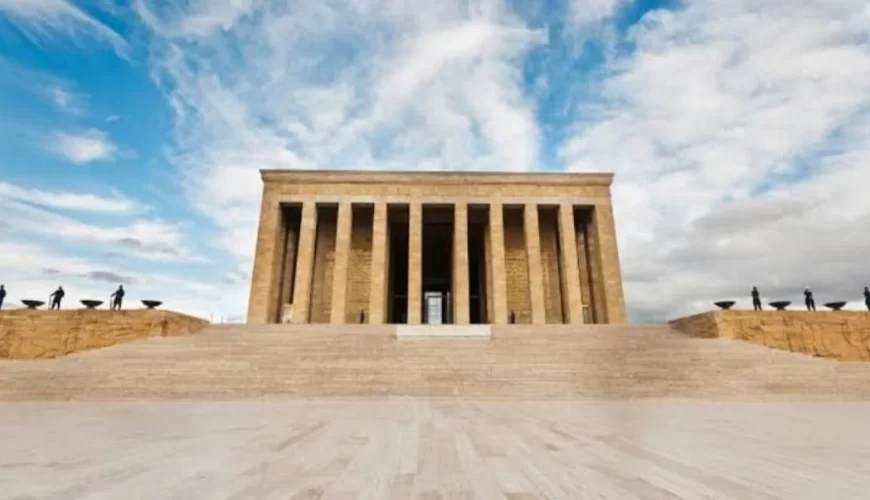
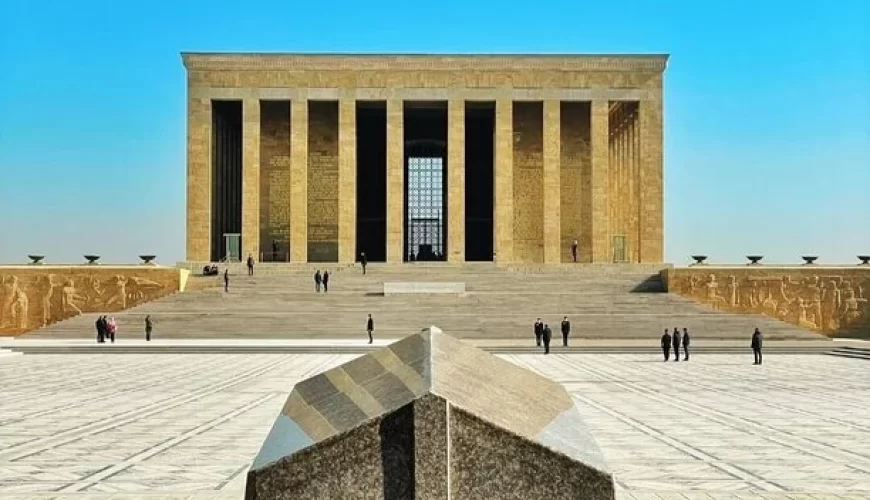
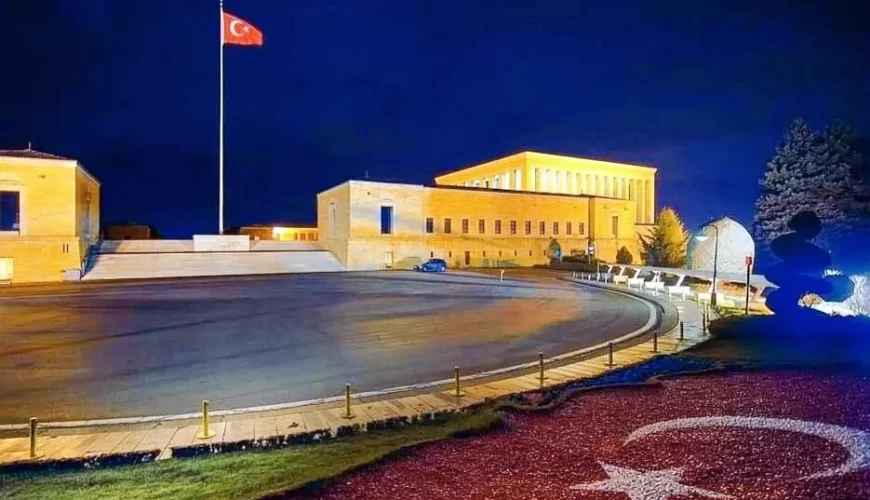


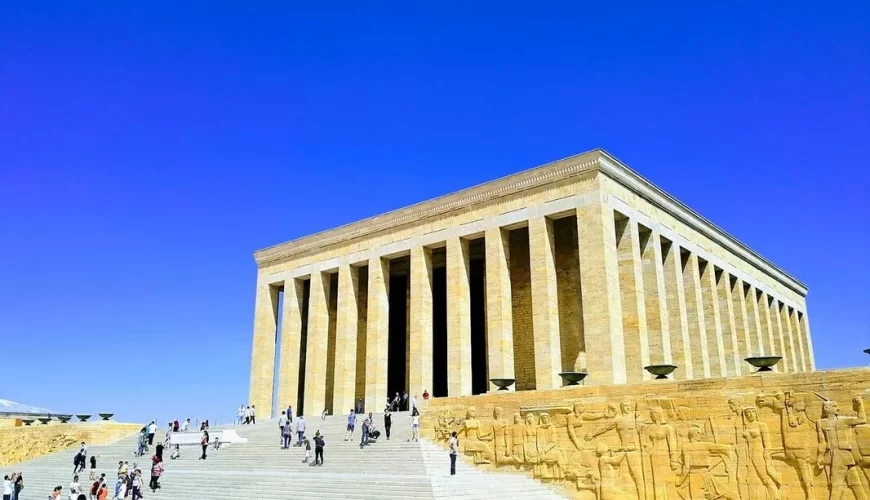
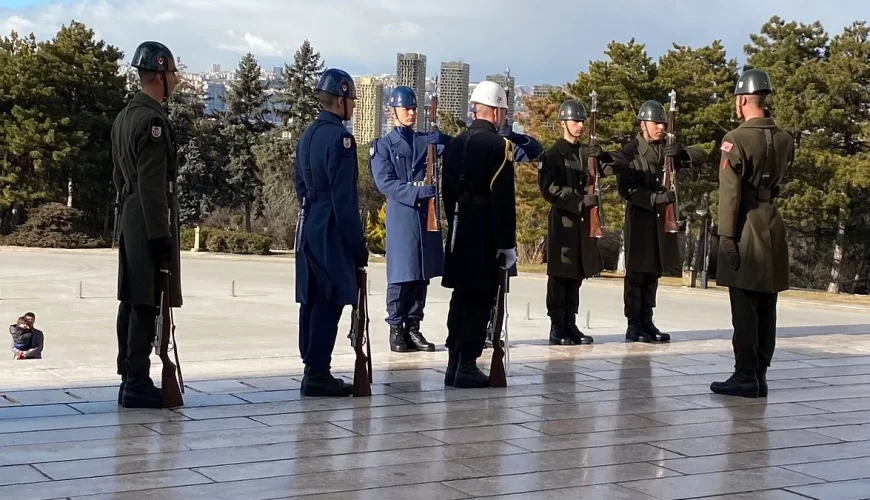
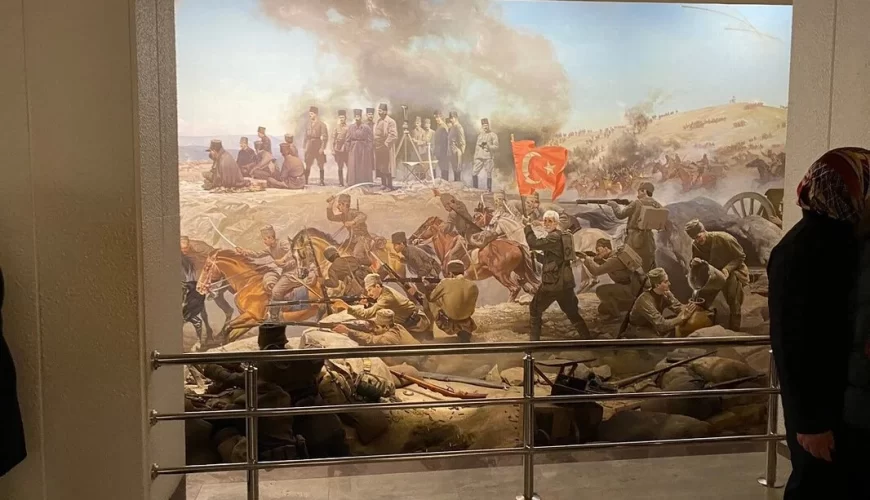
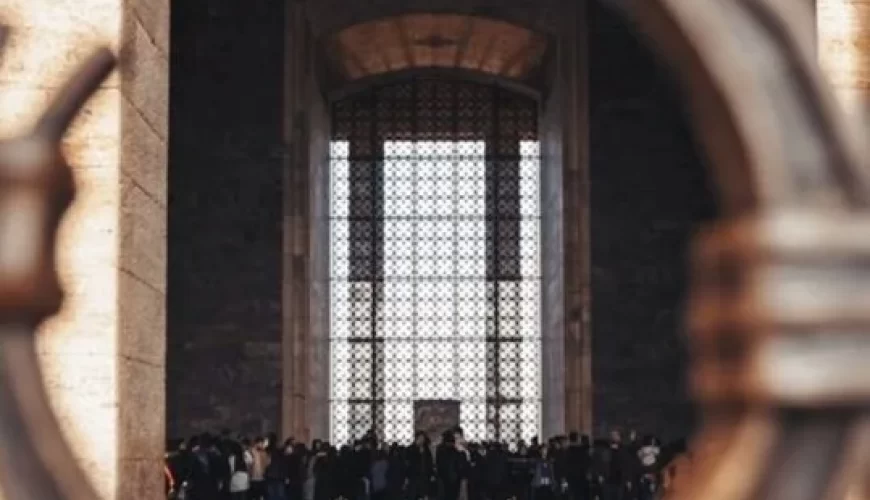
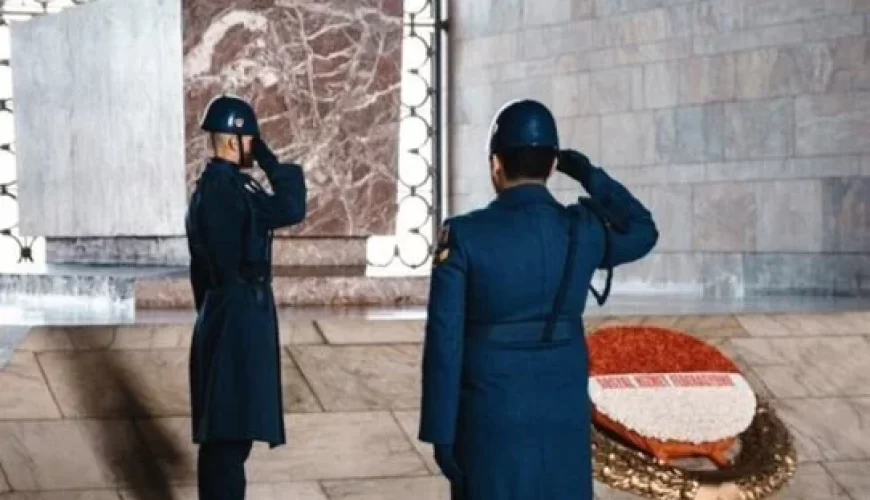
Comment (0)